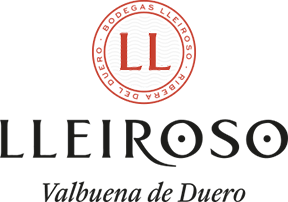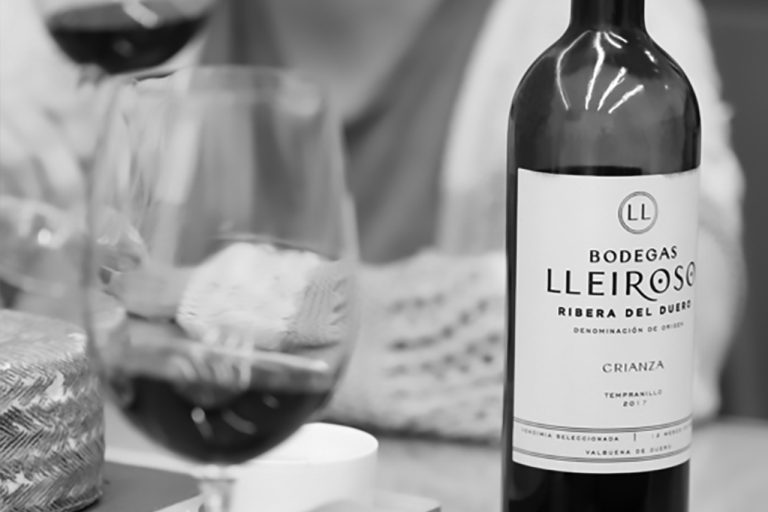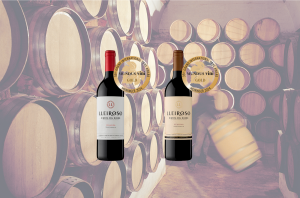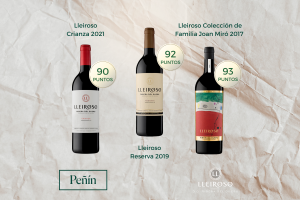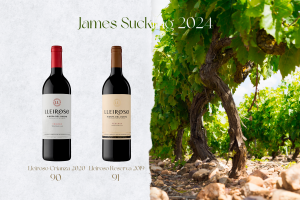With this post, we want to dismiss the idea that the wine world is somehow reserved for great connoisseurs. All of us, of course, can enjoy a glass of wine, taste it and analyse what sensations it brings us. So, below, how to taste wine at home is explained in three simple phases.
Firstly, the visual phase. After uncorking the bottle and pouring the wine, we pick up the glass, preferably holding it by its stem or base, and then slightly tilt the glass over a white surface, such as a sheet of paper. By observing the colour, we can gain some idea of how old the wine is. Generally speaking, young red wines display a brighter colour and always a more ruby-red or cherry-red hue. On the other hand, wines that have been aged a longer time show a more brick-red or orangey colour. Apart from its age, a wine can show different depths of colour: it can be so deep that it’s opaque, or so light that you can easily see through it. We can also get an idea of the density of a wine, and therefore its alcoholic degree. The denser the wine, the higher the alcoholic content. To determine this, we need to observe how the wine moves when we lightly swirl it in the glass. If the ‘tears’ fall quickly down the side of the glass, there is lower density and therefore lower alcoholic degree.
Now we move on to the olfactory phase. We begin by smelling the wine without swirling the glass. In so doing, we are able to detect the wine’s so-called primary aromas; which are those brought by the grape and its natural fruit taste. Then, after gently swirling the glass, the secondary aromas come through. These originate from the alcoholic and malo-lactic fermentations and are more easily detectable in young wines. Finally, we give the glass a more vigorous swirl, and the tertiary aromas appear. These are the so-called bouquet. These aromas develop throughout the wine’s ageing and are the most difficult to identify.
The final phase is the tasting on the palate. This is divided up into four stages. The first is called the ‘attack’. This is the first sensation as the wine enters the mouth -savoury, sweet, acid or bitter notes. A wine that has a good balance between these four primary flavours could be described as ‘round’. The next stage is describing the texture and mouth-feel of the wine. Is it soft or velvety (positive attributes) or else rough and astringent (negative ones)? We then come to the third stage of the tasting, which is the so-called retro-nasal sensation. Once we have spat out or swallowed the wine, we exhale air through the nose, and if we find the same sensations that we found on the palate and for quite a long time, we can describe the wine as having a long retro-nasal sensation. And the final stage of tasting a wine at home is appreciating the finish of the wine, which may be short, medium-long, long, or very long, depending on how long the flavours linger in the mouth. Two seconds is short, while nine to twelve seconds is very long.
So let’s raise our glasses and enjoy the wine. Cheers!
